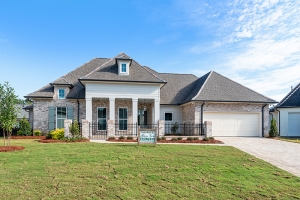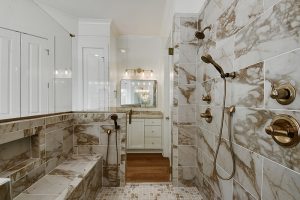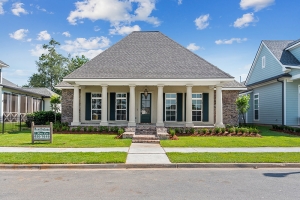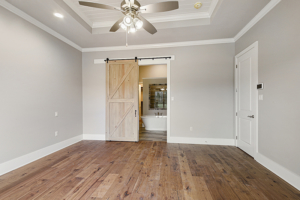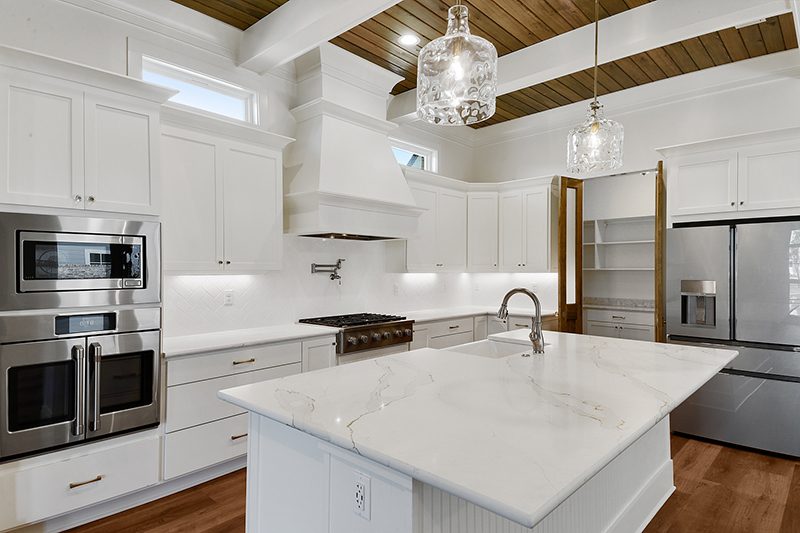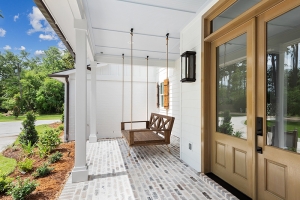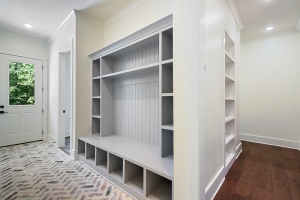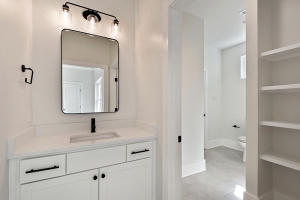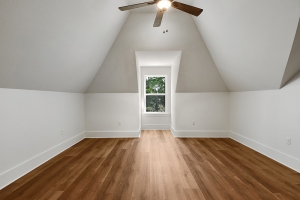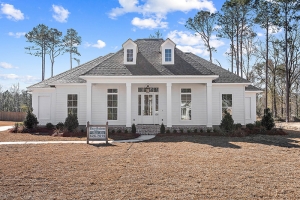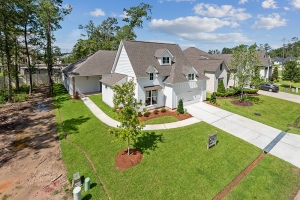Preapproval for a home mortgage can be confusing, especially if you are a first-time homebuyer. Many homebuyers want to know if they are preapproval ready. In order to know, here are some things that lenders look for when preapproving someone for a home loan.
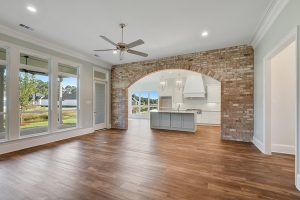
Mortgage pre-approval is not a mortgage pre-qualification. A preapproval is more in-depth than just answering a few questions from your lender. There is a lot of paperwork involved which includes employment verification, checking records, savings records and investment records. Lenders nationwide will like for the same elements when pre-approving for a loan. These include a minimum of two-year employment history in the same job or field, a credit score of 620 or higher, a savings track record, financial asses records, proof of down payment (3% to 20% of home price), and an all-in debt to income ratio fo 43% or less. The majority of lenders nationwide will not charge for a pre-approval, however, there are some out there that will ask for reimbursement to pull your credit report.
Your job and credit history play a big part in the pre-approval process. The two year employment rule is very strict. If you are a current graduate and can prove future income from your employer this will suffice, but if you change from W-2 pay stubs to self-employment this is a no go.
A credit score of at least 620 is also the rule of thumb. Before you go to a lender to get pre-approved, you can check your credit score for free through the credit unions. In today’s market, the loan approval for credit scores is every strict. For a mortgage, the middle score is what counts and is derived from all three of the provideers, TransUnion, Equifax, and Experian. If you and your partner are purchasing the home together, the worst middle score of the two will be used to determine preapproval.
Another important factor is your assests and downpayments. “The ability to budget and save shows financial discipline,” says Staci Titsworth, a regional manager for PNC Mortgage in Pittsburgh. If you received a big bonus, or an intertance, the lender will also have to show the underwriter where the money came from and that it is not borrowed. Lenders know that life is not perfect and there will be bumps in the road. Examples include job loss, job changes, and unexpected expenses. For many of these reasons, people have to dip into their savings to cover these unexpected expenses. In a nutshell you want to be able to have enough info for the lender to explain to the underwriter your financial ability to repay a loan.
Your debt and income ratio is also very important aspect of the process. Lenders desire to see a debt-to-income rati of 43% or less. If you make $10,000 a month gross before takes, and $4,300 of it goes towards your debt you are okay. This needs to include you future house payment, monthly property taxes and homeowners’ insurance. There is some room to negotiate when it comes to this. Let’s say your DTI is 46% but you have a great credit score and 5% in the bank for a downpayment. More than likely most lenders would approve you.
Starting the process early is a good idea in case you need to work on some areas to help with your credit, this will give you time to do so. If you are going to purchase within the next year, then you will want to start looking at getting preapproved now. Note that preapprovals usually are only valid for 60 to 90 days but can be extended if you keep updating with your current financial situation.
If you are in the market to purchase a home, remember to use both a real estate agent and a lender who can help you with all your homebuying needs. Going to see a home with a preapproval in hand will show that you are a serious buyer.
Click Here For the Source of the Information.
